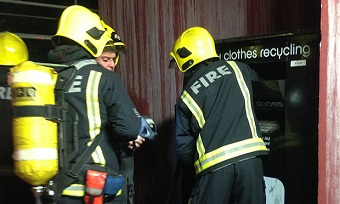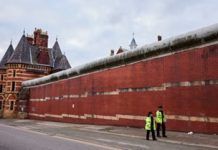Hackney has the second highest number of tower blocks with fire safety flaws of all London boroughs – behind only Tower Hamlets. The London Fire Brigade last month revealed that there were more than 1,000 buildings in the capital which require residents to evacuate in the event of a fire rather than stay put due to defects such as flammable cladding.
These buildings require measures such as a waking watch or common alarm system to alert residents if a fire breaks out – measures introduced in the immediate aftermath of the Grenfell Tower fire that tragically killed 72 people in 2017.
Following a written question to Mayor of London Sadiq Khan from Labour Assembly Member Anne Clarke last week, it has been revealed that 162 such buildings are in Tower Hamlets, while Hackney has 82 buildings that have been placed on simultaneous evacuation orders.
Greenwich and Southwark are also heavily impacted by the building safety crisis, each with 71 tower blocks that have simultaneous evacuation orders in place.
Following the publication of its data in September, London Fire Brigade commissioner Andy Roe said that he was “extremely concerned” that the number of buildings identified as having fire safety defects continues to increase.
Since that data was published, an additional 47 buildings in London have had evacuation measures put in place after fire safety defects were discovered, bringing the total to 1,053.
Of that total, 214 buildings are under 18 metres in height which means leaseholders and tenants are ineligible to apply for funding from the government’s £5 billion Building Safety Fund or the £30 million Waking Watch Relief Fund.
Sadiq Khan has previously said that he will “continue to advocate for leaseholders, who in no circumstances should have to pay for the cost of remedial or interim measures”. He said: “While funding for remediation should be forthcoming from developers themselves, as I have long called for, a more strategic approach is required to tackle the scale of the building safety crisis. In December 2020 I called for the introduction of a developer levy to pay for cladding remediation and other building safety work.”
Chancellor Rishi Sunak is expected to announce a levy on residential developers with profits greater than £25 million in his autumn budget this week, with hopes that it could raise up to £2 billion towards the cost of removing dangerous cladding from high-rise buildings








